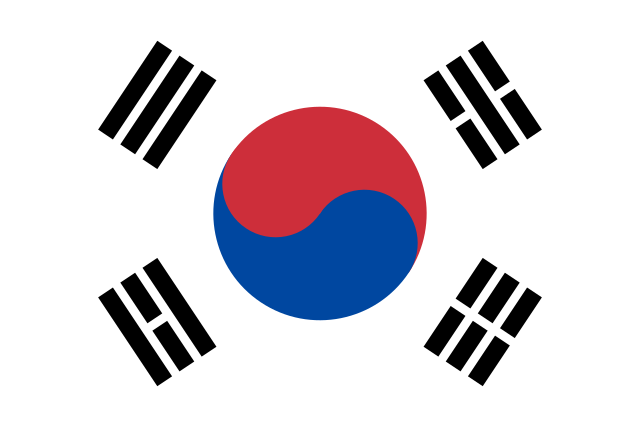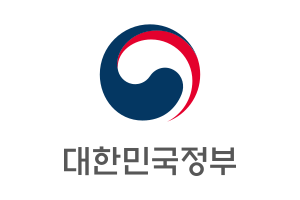Dr. Syngman Rhee
이승만
First President of Korea
Dr. Syngman Rhee is a man with a burning commitment and devotion to the Korean people, who when everything went against him kept walking against the stream. No matter what fate threw at him he would not deter from his dream to see a state where the Koreans governed themselves. Free from the Imperialistic exploitation of the Korean people by the Japanese government. This man fought for our people for nearly 60 years, sacrificed everything to do what was right and what was needed. He lost his home, his family and his friends. But today he stands tall as the leader of the Republic of Korea, we have everything to thank him.
Born April 18, 1875, he were 44 years old when he became the First President of the Provisional Government of the Republic of Korea in 1919. Before that he had already partaken in independence movements at the start of his 20's and was a known dissident for the Japanese authorities. He was eventually imprisoned in KyungMoo Cheong the year 1897, sentenced to spend the remainder of his life there. Syngman Rhee was systematically tortured by the Japanese for several years and this strengthened in his belief and drive to make Korea free of the Japanese Imperialism. However it also left deep scars in Rhee making future relations with Japan "
chilly" at best. He survived seven long years of mistreatment by his captors until the Russo-Japanese War breaks out at which point he is released from the prison thanks to help from his friend Min Yeong-hwan. Rhee moved to the United States a year later in 1905 where he met with the Secretary of State John Hay and US President Theodore Roosevelt at peace talks in Portsmouth, New Hampshire and attempted to convince the US to help preserve independence for Korea, but the attempt was unsuccessful.
Young Syngman Rhee waiting eagerly to meet with the President of the United States
Following the March 1st Movement in 1919 he was appointed the position as President of the Provisional Government of the Republic of Korea that was currently located in Shanghai. In the acting capacity as the President of the Republic of Korea he notified the statesmen attending Paris peace conference in 1919 of Korea's independence. Even though he failed in gathering support in several conferences there after he never let his dreams of an independent Korea die and in 1933, he participated in the League of Nations conference in Geneva to bring up the question of Korean independence, however this attempt was also unsuccessful. But then the Japanese attacked the United States of America.
With the Surrender of Japan Rhee was flown to Tokyo aboard a US military aircraft. Independence of Korea was declared with the support of the United States and Rhee was flown thereafter to Seoul in order to assume his position as president of the Independence Promotion Central Committee, chairman of the Korean People's Representative Democratic Legislature and president of the Headquarters for Unification. Having been deeply influenced by the Japanese actions he was opposed to all foreign intervention, as such he protested at the Moscow conference where United States proposed to divide Korea into four entities. He also refused to join the first US-Soviet Cooperation Committee meeting, which was concluded without a result, he began to argue that the government of Korea must be established as an independent entity. Rhee had also in the previous years developed a strong hatred for communism which was one of the reasons why the talks failed however it suited perfectly for Harry S. Truman's policies of Containment and the Truman Doctrine which was announced and enforced Rhee's anti-communist ideas.
The United Nations General Assembly recognized Korea's independence. In the year of 1948, the Korean Constitutional Assembly election was held and Syngman Rhee was elected without competition to serve in the DaehanMinguk Jahun National Assembly, the institute to shape the constitution for the future Republic of Korea. Rhee was quite influential in creating the policy stating that the president of South Korea had to be elected by the National Assembly. The 1948 Constitution of the Republic of Korea was adopted on July 17, 1948.
A mere three days after the adoption of the constitution he was elected president of the Republic of Korea in the Korean presidential election with 92% of the votes. On August 15, the Republic of Korea was formally established and Rhee was inaugurated as the first president of the Republic of Korea.
Shortly after however Korea faced dissidents from the northern provinces, forcing President Syngman to take desperate measures to prevent the communist rebels from harming the Republic. Several spies from the self proclaimed government of the North Korea was captured and interrogated for information on the enemy. Syngman started a campaign to increase the military and prepare the nation for the worst, an invasion by the communist puppet called North Korea in common term. However this prompted the communists to invade Korea and we were yet again in risk of being oppressed by a foreign nation.
With the upcoming elections and with the threat of communism, president Syngman tried to further the Republic by giving the power to elect their leader directly to the people in this time of need. However the amendment to the constitution to have the president elected by popular vote is rejected by president Syngman's opposition in the the National Assembly, the left parties who sympathized with the North Korean provisional government. In order to save the Republic from the same fate as was given to North Korea, a mass arrest is performed of the opposition to ensure that democracy is protected in Korea. With the help of the Americans a state of armistice with the dissidents are achieved and a status quo upheld.
Syngman Rhee gave up his youth to give us Koreans a life, a chance of our own rule. if you do not vote for him in the election you are not a patriot to this Republic and you tread on everything that we have managed to build this last decade. Vote for the reunification of our people, to end the oppressive rule of the communists and free the last half of our nation from foreign oppression!
Campaign material 1953 and early 1954 for the election on 20th may 1954













